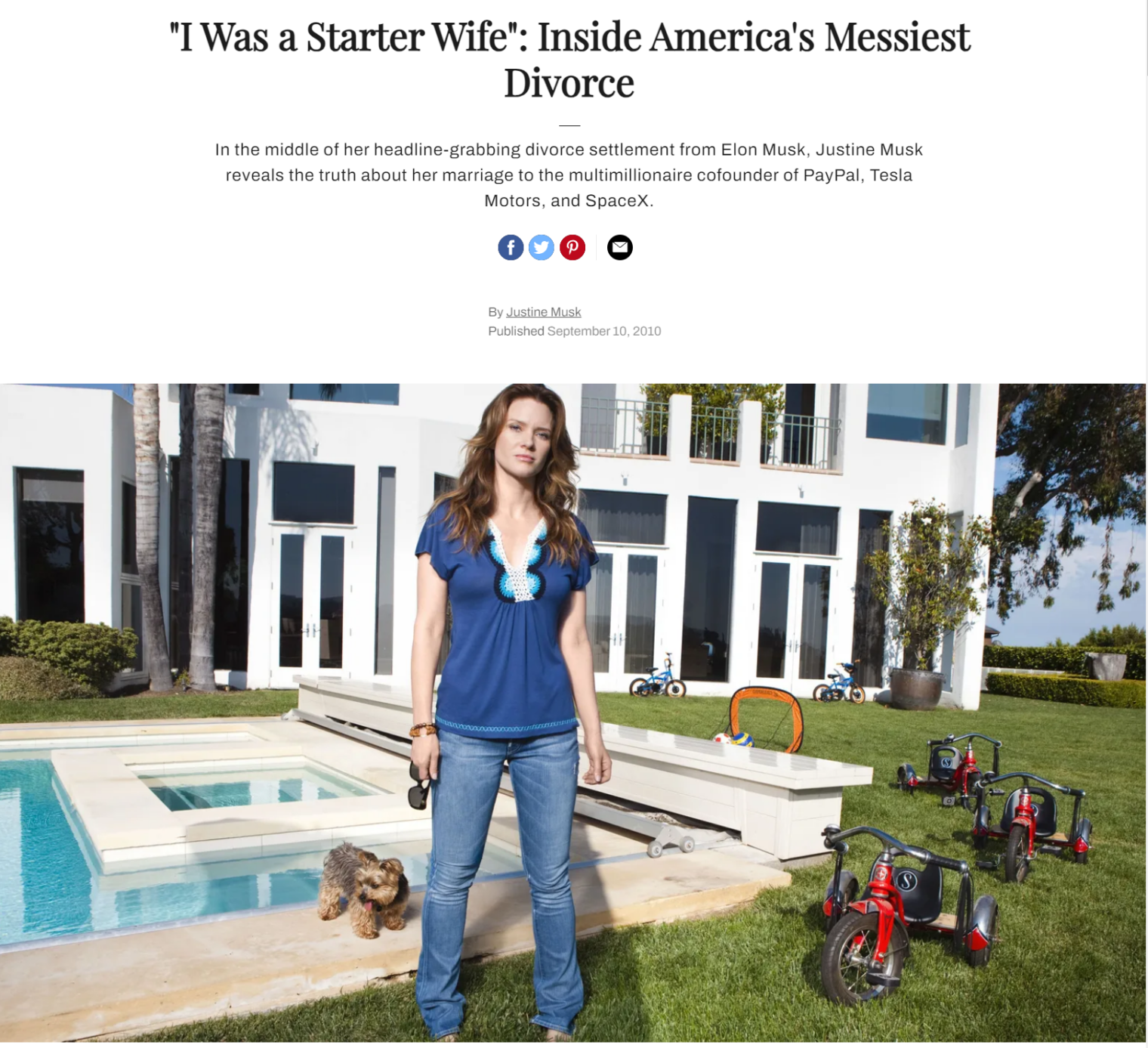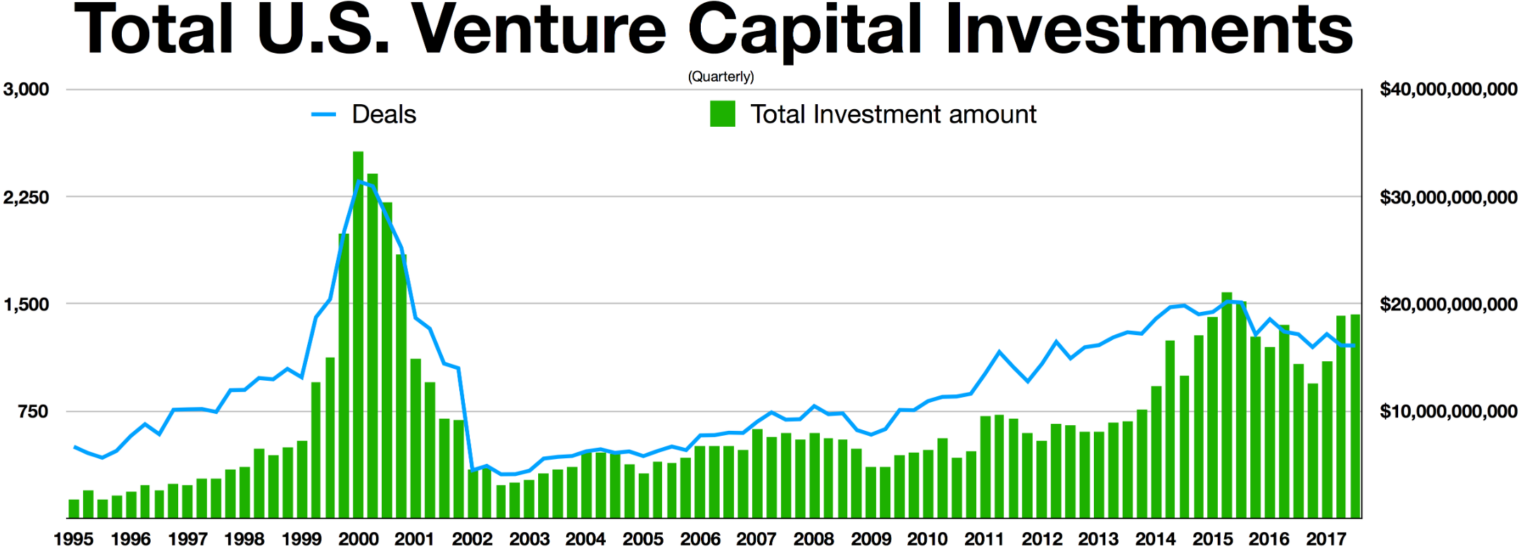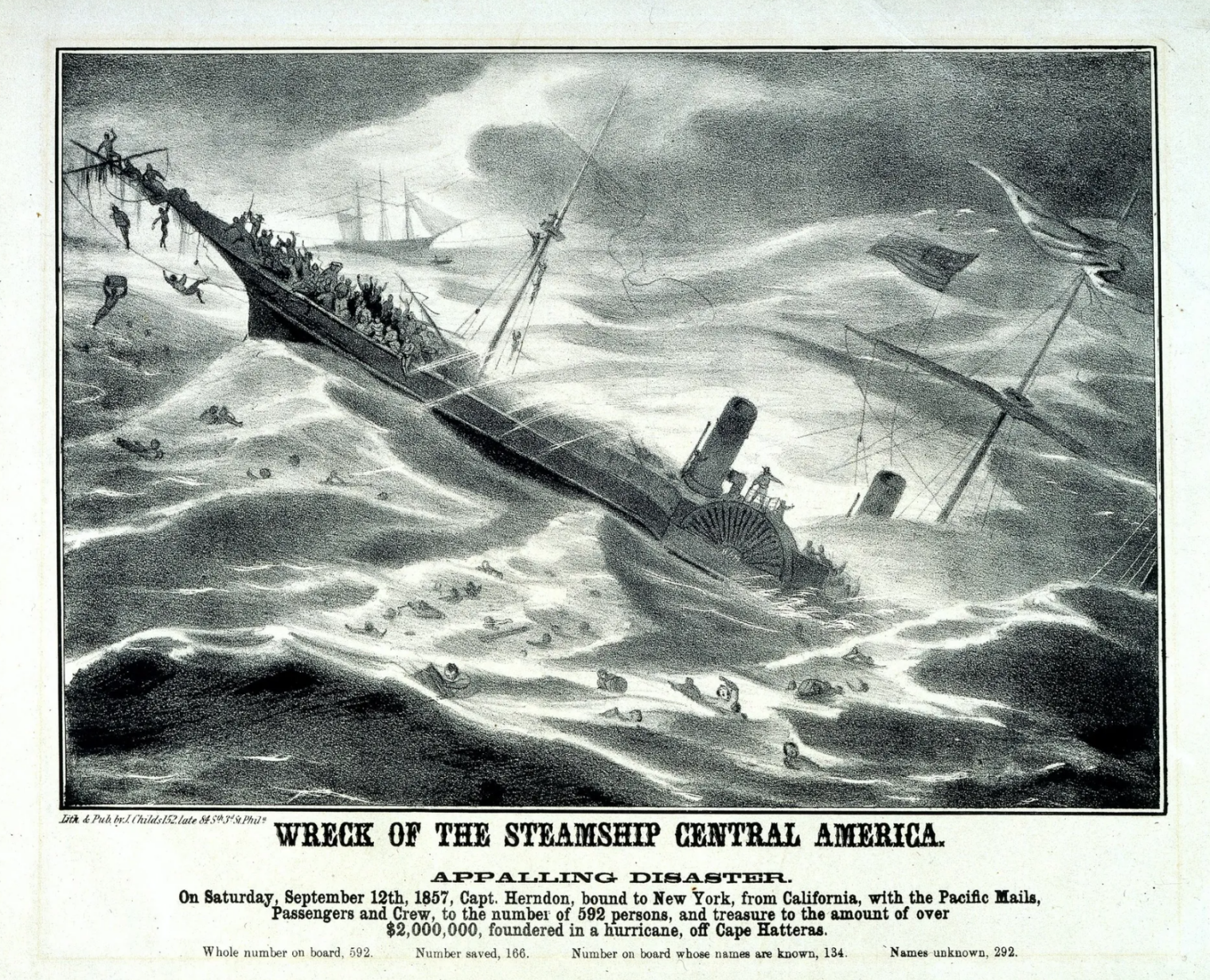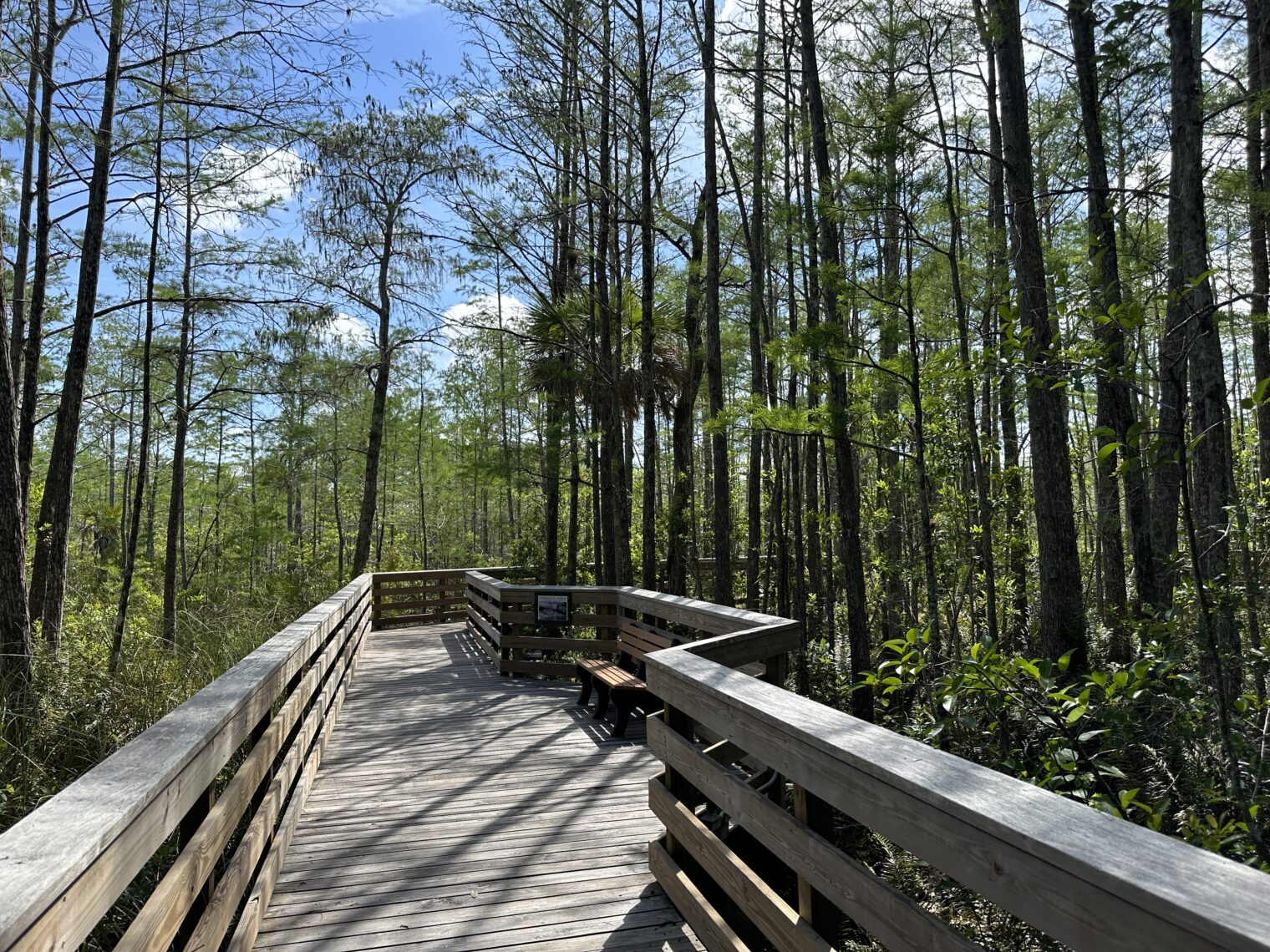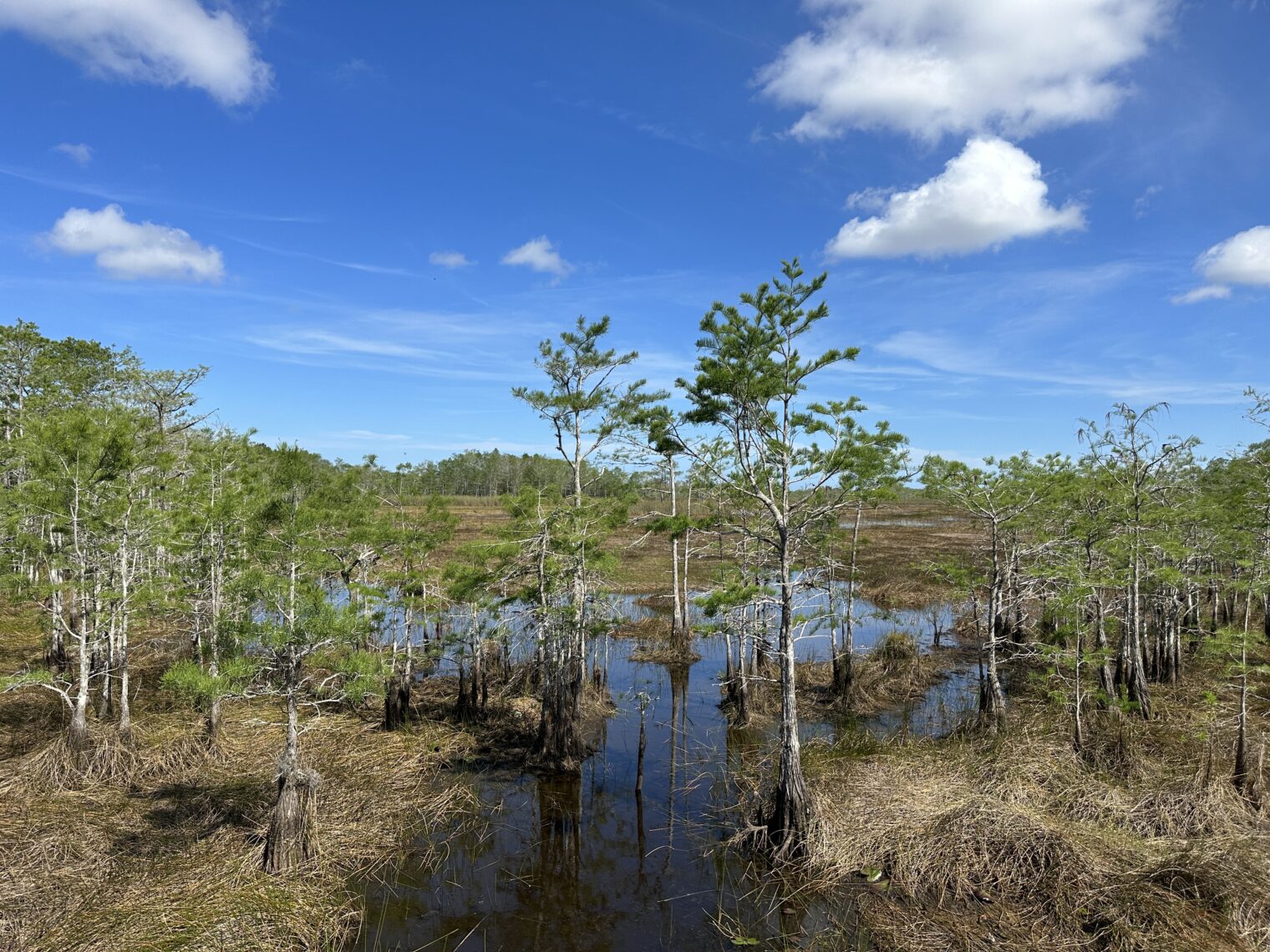More from Elon Musk (the book)
Continuing to listen to Elon Musk…
Stanford University almost killed him via misdiagnosis of a severe form of malaria (“falciparum”). Musk walked in, freshly back from a safari in South Africa, and the medical geniuses at Stanford diagnosed viral meningitis and sent him home without treatment. Eventually, he found his way to Sequoia Hospital, a community hospital, where a non-academic doc diagnosed the often-lethal form of malaria and parked him in the ICU. Musk got treated just a few hours before he would have likely died (according to the author). What are the Stanford geniuses who almost killed Musk concentrating on right now? Forcing patients to put on masks before their misdiagnoses:
Another attack by a parasite that Musk survived was in the California family court system. Justine Musk had repeatedly demanded that Musk change and suggested divorce if he wouldn’t become a different person. He chose divorce. She rejected an $80 million settlement offer (Business Insider). According to the book, Elon’s legal fees were $170,000 per month despite the theoretically simplifying factor of a prenuptial agreement between the litigants (it was actually signed two weeks after the wedding, which his friends and family had begged him to call off due to their negative impressions of Justine). In the above-cited Business Insider piece by Elon himself, he wrote “What caught me by surprise, and forced me to seek emergency loans from friends, were the enormous legal fees I had to pay my ex-wife’s divorce lawyers. … The legal and accounting bills for the divorce total four million dollars so far, which is an average of roughly $170,000 per month for the past 24 months. … In addition to paying all of her household expenses and anything related to the children, I send Justine $20,000 (after tax) per month for clothing, shoes and other discretionary items. … There is also no dispute about her receiving the family residence in Bel Air, in which she currently lives.”
From Marie Claire (I worked on their web infrastructure at Hearst in 1995):
(Note that a fight over cash, presumably cash far beyond what is spelled out in the prenuptial agreement, is described by the editor as “messiest”, with the implication that emotions are involved beyond the emotional desire for cash.) What does GPT-4 have to say about this?
(it didn’t catch the typo as Google would have; a query for “Justine Musk” does yield a sensible answer; if GPT-4 is smarter than Google, why isn’t it robust to a single incorrect letter? In a world of autocorrect, sussing out the user’s intention is a required skill!)
Elon Musk learned to fly and earned a Private certificate in an intensive two-week program. Isaacson and the editors at Simon & Schuster once again fail to do any basic fact-checking. They incorrectly state that 50 hours are the minimum experience before getting a Private. In fact, it is easy to learn via Google that the minimum is 40 hours (the FAA page, though that doesn’t cover the situation of a FAR 141 school, in which case the minimum can be slightly lower). Even ChatGPT can get this right:
Walter Isaacson is a Harvard graduate who later went to Oxford as a Rhodes scholar. He was CEO of CNN. The Simon & Schuster editors presumably have similarly elite educations. This team quotes Elon Musk saying that the “engine” in a Tesla S weighs 4000 lbs.
When SpaceX began producing its first Merlin engines, Musk asked Mueller how much they weighed. About a thousand pounds, Mueller responded. The Tesla Model S engine, Musk said, weighed about four thousand pounds and cost about $30,000 to make. “So if the Tesla engine is four times as heavy as your engine, why does yours cost so fucking much?”
Any numerate reader would immediately have known that this could not be true and that Musk could not have said it. (The average car should weigh about 3,000 lbs. and does weigh about 4000 lbs.; a 2024 Honda Accord is 3,300 lbs.) Had Isaacson used Google, he would have discovered that the entire Tesla S weighs about 4,700 lbs., of which the battery pack is 1,200 lbs. The motor itself (“engine”) is about 100 lbs. Can we have confidence in what CNN reports and what Simon & Schuster publishes if they aren’t skeptical enough to question the accuracy of this quote?
Given Isaacson’s innumeracy, I’m hesitant to credit these numbers, but the book says that Tesla paid -$8 million for the Fremont, California factory that was its center of gravity prior to the Gigafactories coming online in Nevada (batteries), Shanghai, Texas, and Germany. Toyota invested $50 million in Tesla and Tesla turned around to pay $42 million for the plant, a $1 billion asset prior to the GM bankruptcy and taxpayer bailout in 2009.
The copy editors at Simon & Schuster fail to catch problems that Google can easily spot. Here’s a passage regarding Musk’s first wedding to Talulah Riley:
They wed in September 2010 at Dornoch Cathedral, a thirteenth-century church in the Scottish Highlands. “I’m Christian, and Elon is not, but he very kindly agreed to get married in a cathedral,” Riley says. She wore a “full-on princess dress from Vera Wang,” and she gave Musk a top hat and cane so he could dance around like Fred Astaire, whose movies she had turned him on to. His five boys, dressed in tailor-made tuxedos, were supposed to share the duties of ring bearer and attendants, but Saxon, his autistic son, bowed out, the other boys began fighting, and only Griffin actually made it to the end of the aisle. But the drama added to the fun, Riley recalled. The party afterward was at nearby Skibo Castle, also built in the thirteenth century. When Riley asked Musk what he wanted, he replied, “There shall be hovercraft and eels.” It was a reference to a Monty Python skit in which John Cleese plays a Hungarian who tries to speak English using a flawed phrasebook and tells a shopkeeper, “My hovercraft is full of eels.” (It’s actually funnier than I’ve made it sound.) “It was quite difficult,” Riley says, “because you need permits to transport eels between England and Scotland, but in the end we did have an amphibious little hovercraft and eels.” There was also an armed personnel carrier that Musk and his friends used to crush three junked cars. “We all got to be young boys again,” Navaid Farooq says.
If you enter “armed personnel carrier” as a Google search, it says “Including results for armored personnel carrier”.
If this is as good as it gets from America’s best and brightest, I’m glad that we have Chinese people to sweat the details of building most of what we depend on!
Full post, including comments
